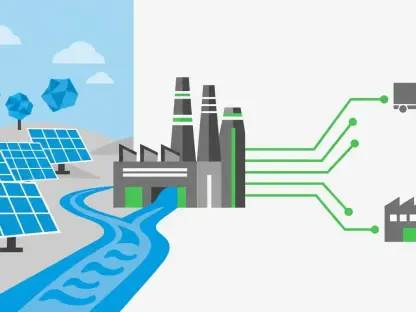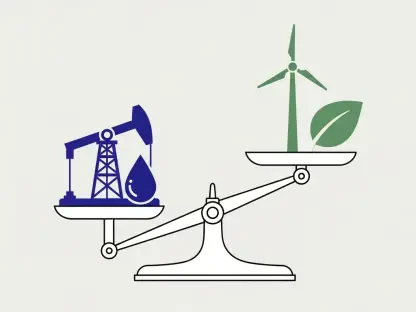The Federal Energy Regulatory Commission (FERC) is currently evaluating the proposed return on equity (ROE) and incentives for the Valley Link transmission project, a joint venture by Transource Energy, Dominion Energy, and FirstEnergy, estimated at $3 billion. This project includes constructing two 765-kV transmission lines as part of PJM Interconnection’s Regional Transmission Expansion Plan, scheduled for completion by December 2029.
FERC Proposal and Justifications
Valley Link has requested FERC’s approval for a base ROE of 10.9%, with an additional 0.5% for affiliation with PJM, along with several other incentives. These include maintaining “construction work in progress” and recovering costs if the project is abandoned. Valley Link contends these measures are crucial to mitigate the risks associated with startup transmission developers, despite being backed by established utility companies. Such claims are intended to justify substantial financial protections for the project developers as they navigate the uncertainties and financial burdens of infrastructure development.
Stakeholder Concerns and Opposition
Several stakeholders, including the Maryland Office of People’s Counsel (OPC) and residents, have raised concerns regarding Valley Link’s proposal. They argue the requested ROE is excessively high, transferring undue financial risk to ratepayers. The OPC disputes Valley Link’s characterization as a startup, emphasizing the strong credit ratings of its primary stakeholders. This issue worsens the controversy, particularly given the financial burden placed on ratepayers from past projects. Virginia resident Theresa Ghiorzi exemplified this concern by highlighting the Potomac-Appalachian Transmission Highline (PATH) project’s failure, which led to significant costs for ratepayers due to similar incentives.
Lessons from Previous Projects and Alternative Solutions
FERC Chairman Mark Christie pointed to the PATH project as an example of how transmission project incentives can eventually burden ratepayers. These concerns suggest that FERC needs to closely scrutinize the proposed incentives and ROE for the Valley Link project. This section emphasizes the necessity of balancing risks between project developers and consumers. Moreover, it advocates for PJM to consider comprehensive strategies, such as new power plants, to address the region’s growing electricity demands. Adding broader approaches will help ensure cost-effective solutions while meeting infrastructure needs.
In conclusion, the opposition emphasizes that the proposed incentives and ROE are excessively high and labels Valley Link’s startup status as misleading. Calls for FERC to either reject the proposal or hold a hearing to carefully examine it are echoed among the stakeholders. Reflecting on the PATH project incidents, the findings insist on the significance of a comparative assessment between transmission and generation solutions to meet increasing regional electricity needs. Future directions should include exploring varied and balanced approaches to address both developmental and financial challenges in the energy sector.









